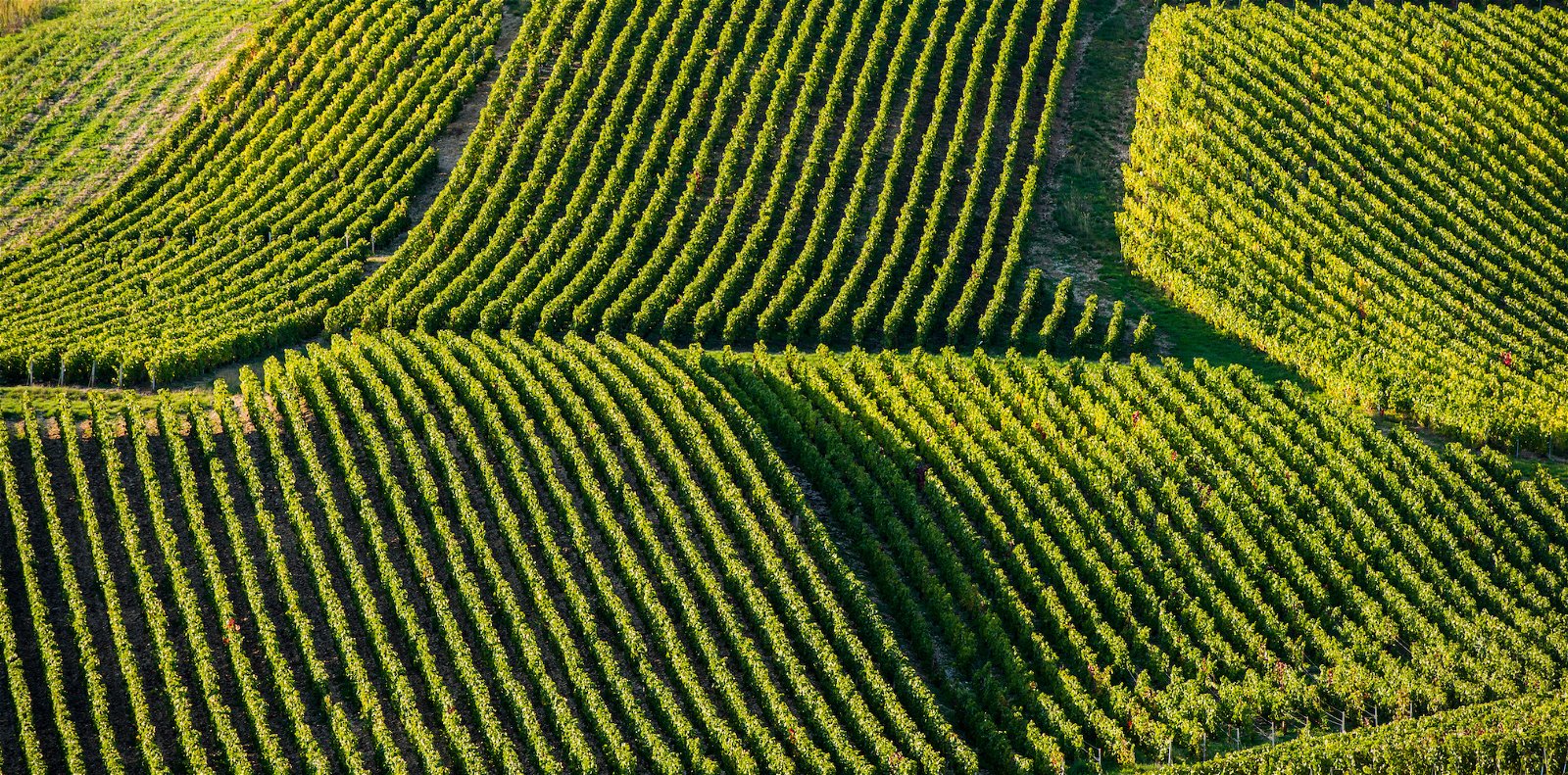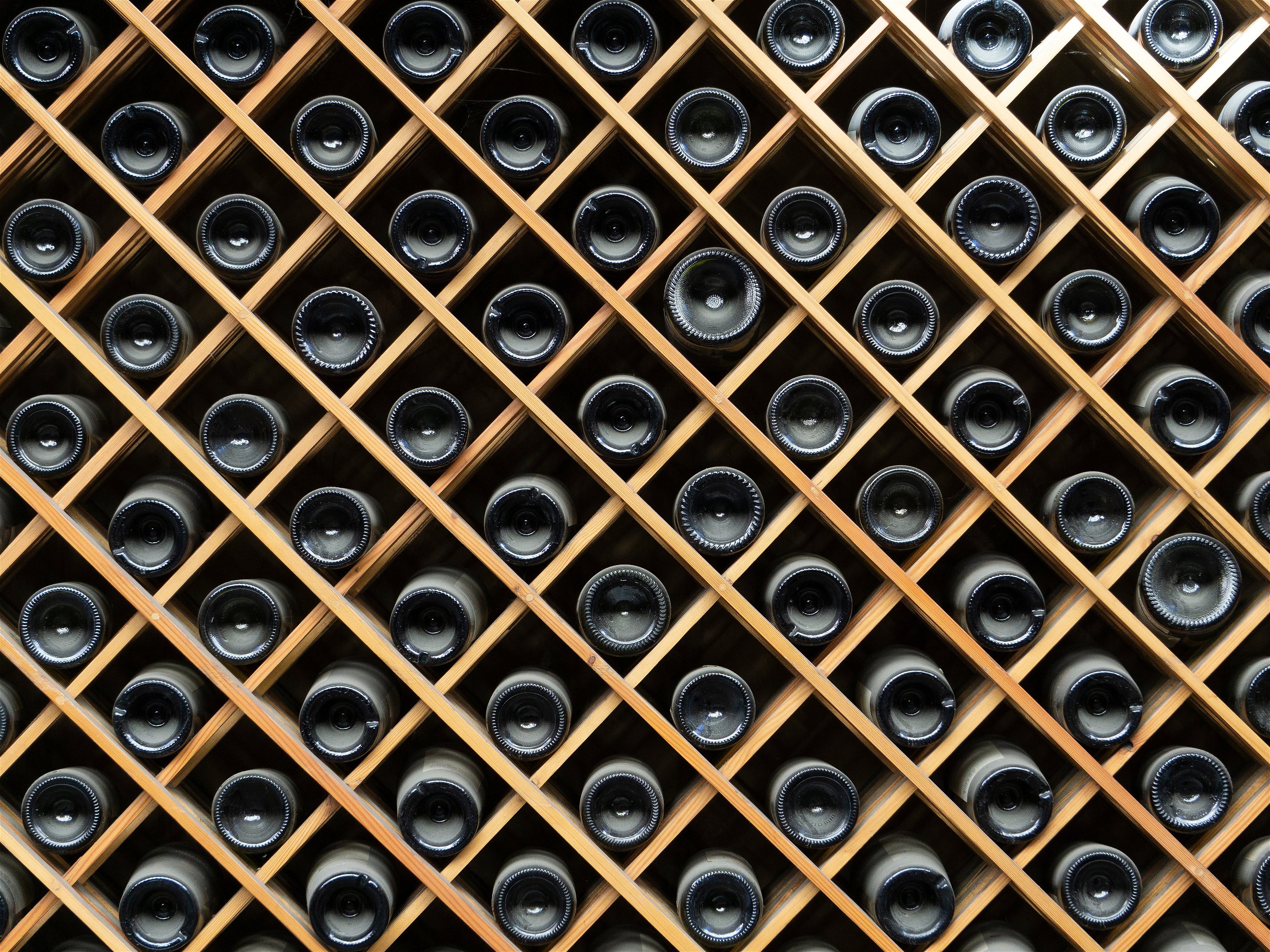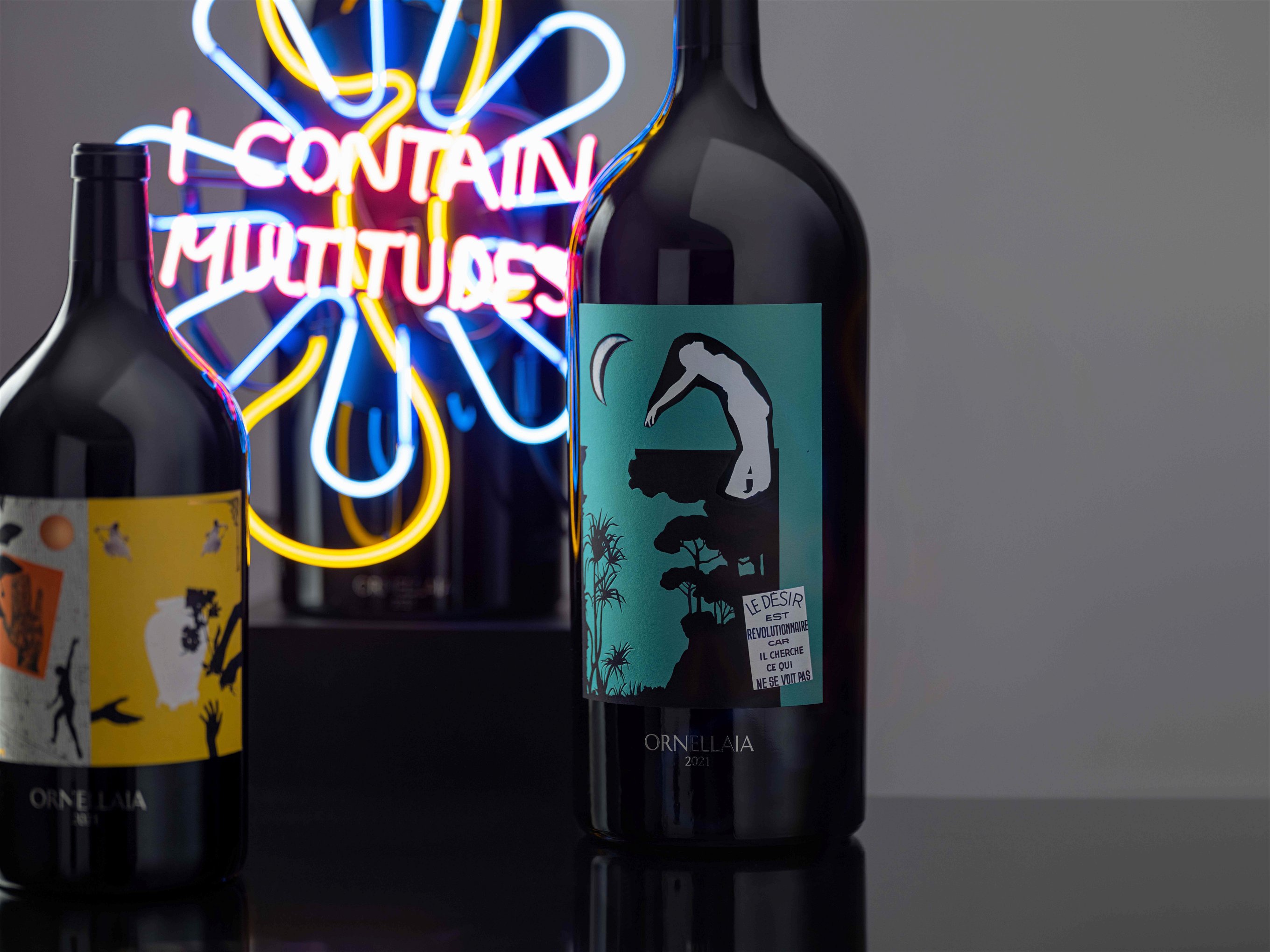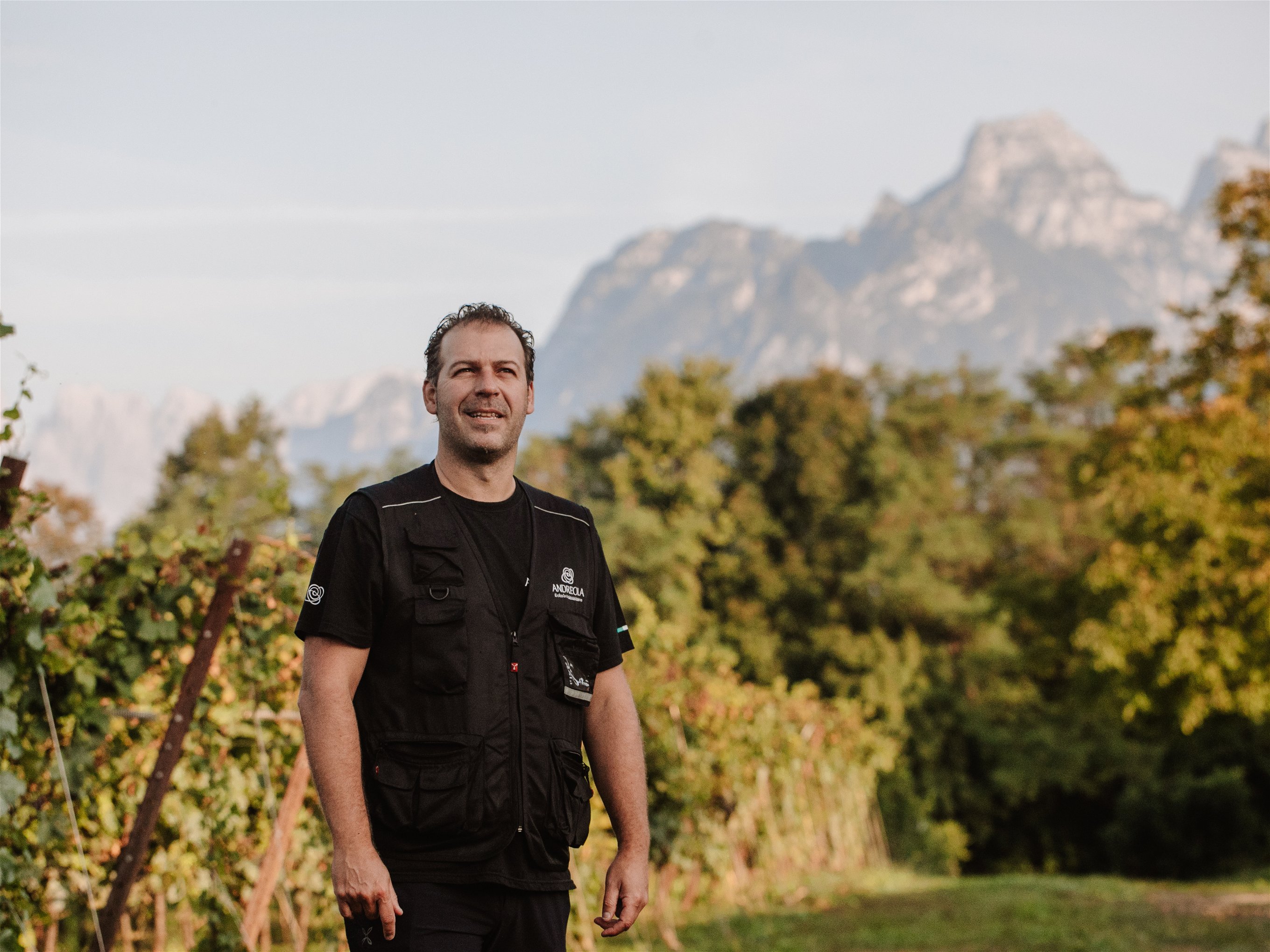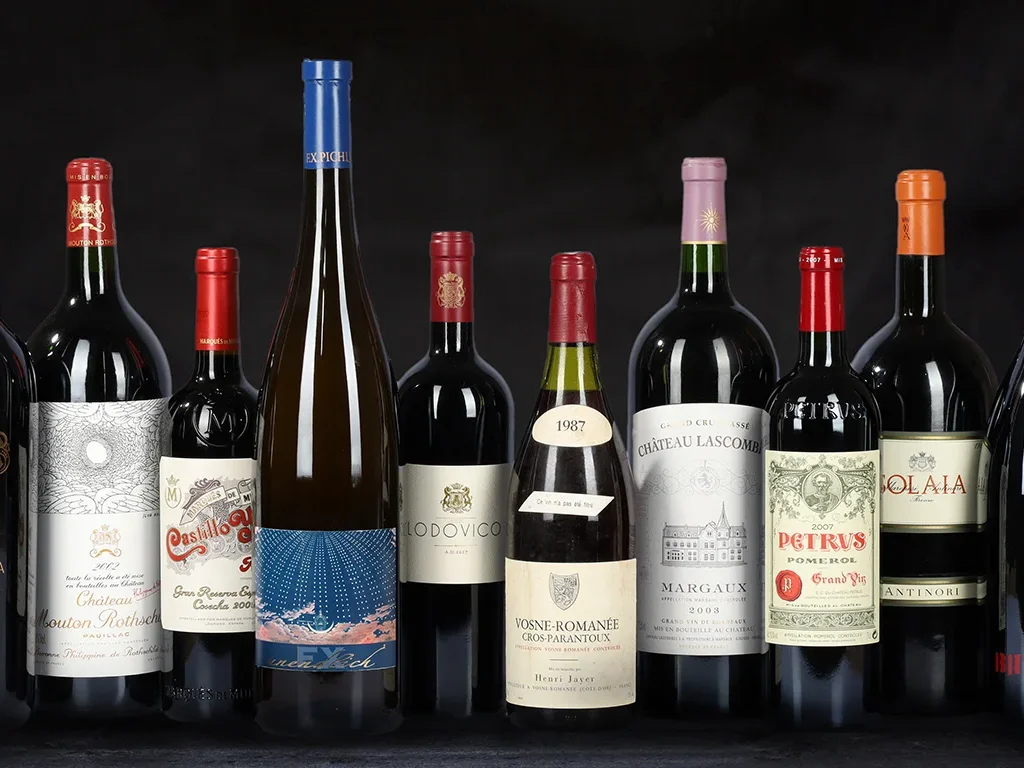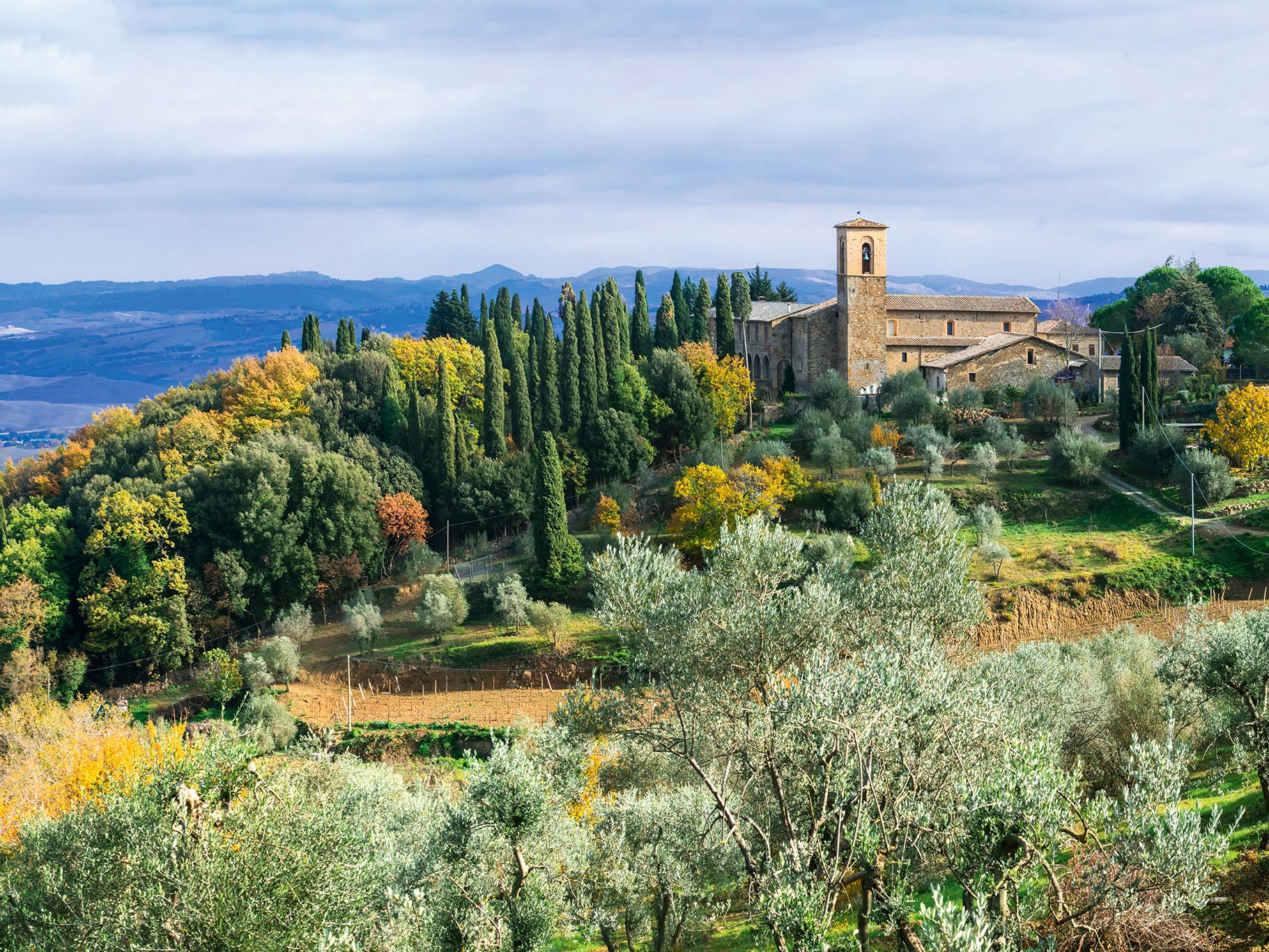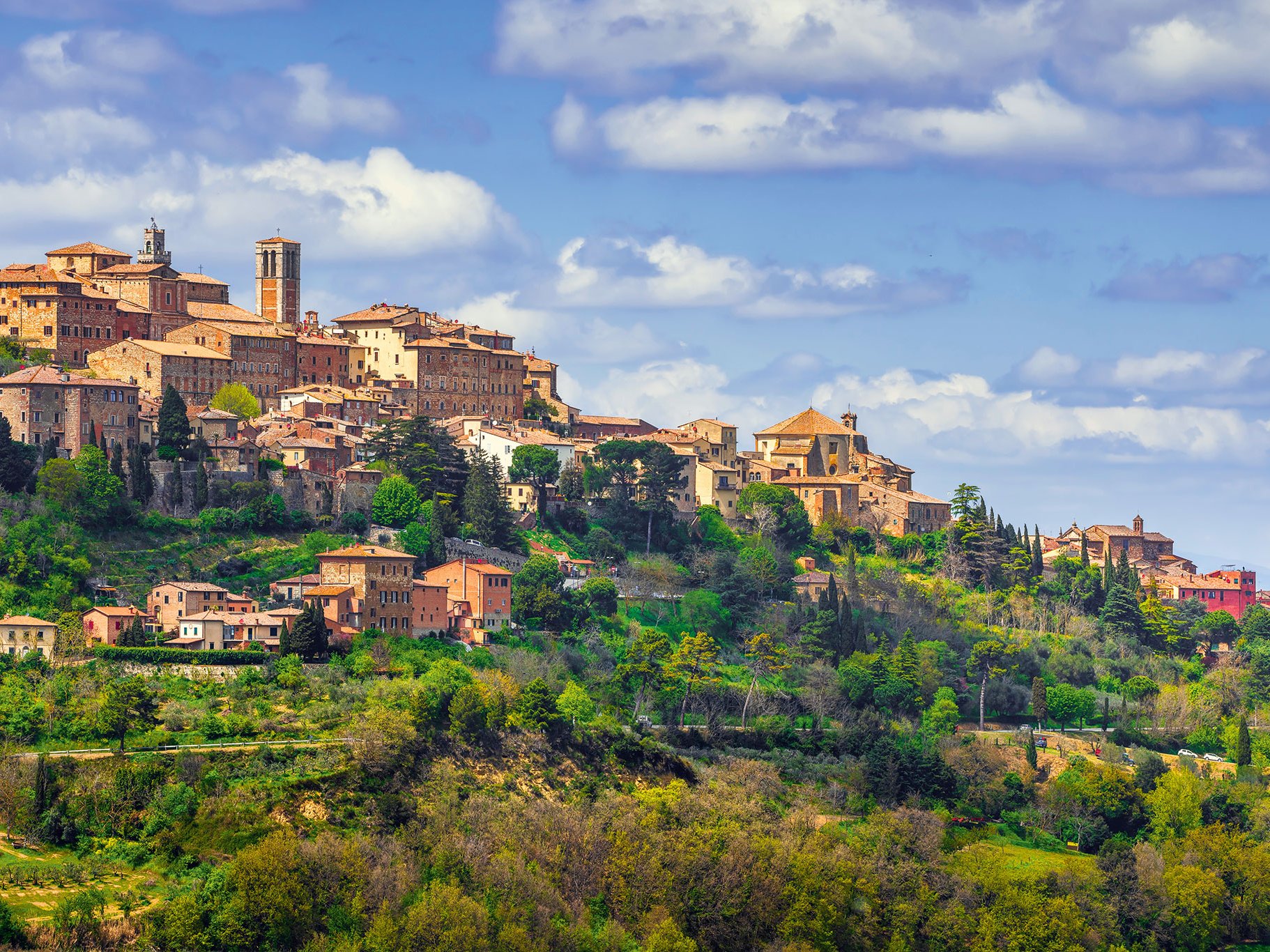Adelaide and its surroundings belong to the warm, dry climate zones, but if you drive north, you enter the Clare Valley and are surprised at how cool it is here. The Clare Valley is in the sphere of influence of cold air currents from the sea, which push back the afternoon heat and cool the vines in the evening and at night. The Clare Valley is one of the most important "cold climates" in Australia, where, in addition to full-bodied and sometimes massive Shiraz wines, racy, fresh white wines are also produced, especially from Riesling. This is primarily due to the fact that the Clare Valley is quite diverse. There are very cool zones that are ideally suited for white wine, only a few kilometres away it is so warm again that opulent red wines can be created. The choice of location in the region, which covers about 2000 hectares, plays a very important role. Vines were first planted in the Clare Valley in 1840, but viticulture was particularly driven forward - as in Europe - by monks who founded a monastery in the small town of Clare in 1851. Clare is the last, still cool rest stop before heading further north into the dryness and Australian heat. As a trading centre and transit station, Clare has therefore experienced several periods of prosperity; today it is wine that plays a very special role here. The soils in the Clare Valley vary greatly, so one determining factor is which grape variety is best planted where. The lower-lying sites consist mostly of dark clay soils, while in higher sites, especially in Watervale, slate plays a special role. It's no wonder that first-class Rieslings are produced here of all places, whereby those from Jeffrey Grosset can easily keep up internationally and have long since enjoyed cult status.
